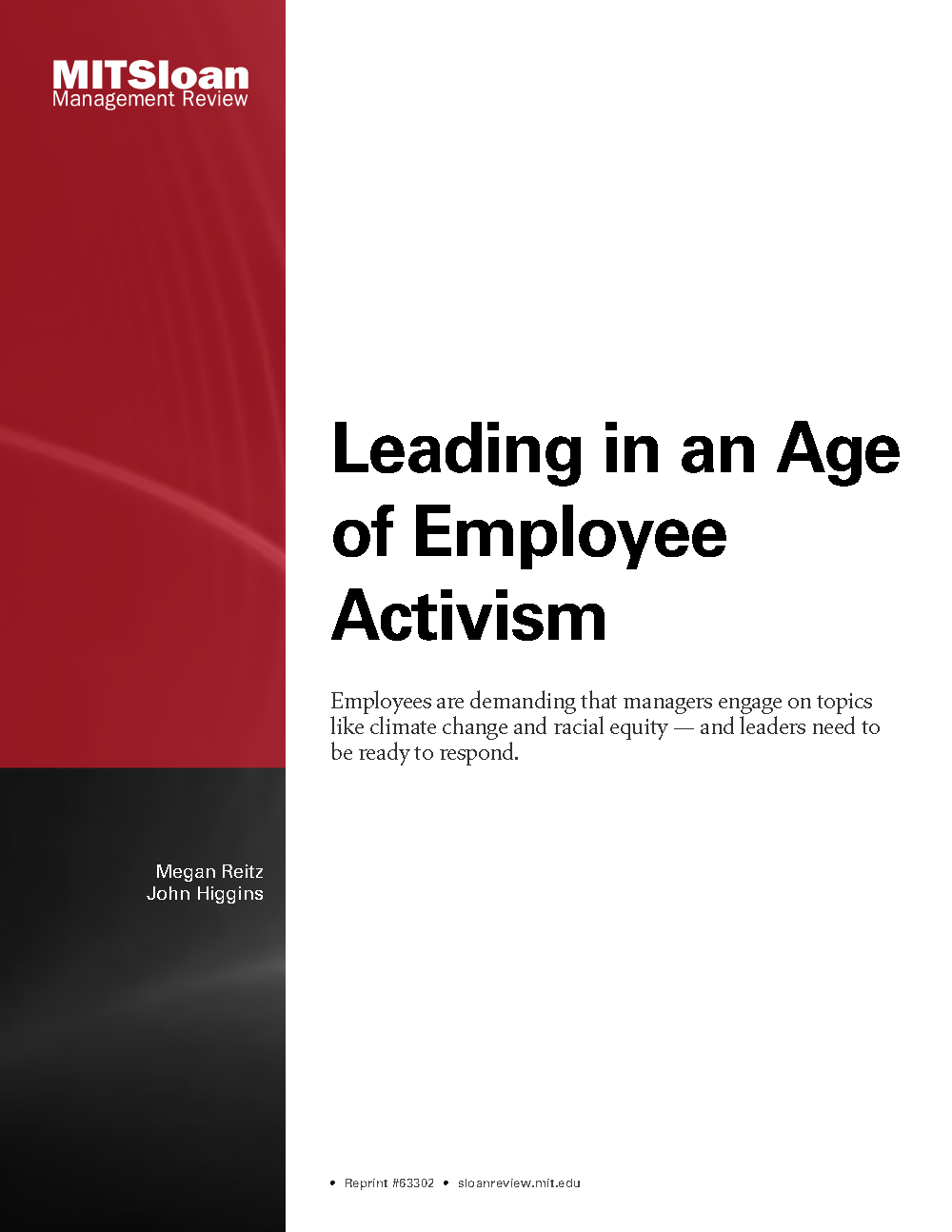
The Hidden Leverage of Human Capital
A down economy is not the time to “slash-and-burn,” but rather to ensure growth potential during the ensuing rebound. This requires a focus on strengthening key relationships, capitalizing on underutilized staff, clarifying strategic roles and forging stronger links between compensation and results.” More than 20,000 times last year, midsize and large U.S. companies responded to adversity by slashing on average 100 staffers at a time. It’s a safe assumption, says compensation consultant Jeffrey Oxman, that many of those organizations destroyed value by cutting capacity they soon had to replace, by making poor choices as to who should go and who should stay, by failing to communicate the rationale for change so as to keep surviving employees motivated, and by missing the opportunity to rethink their business model to optimize their positioning for the recovery ahead. Such issues, says Oxman, go beyond the question of layoffs; they go to the heart of how companies can avoid lasting damage and build long-term value. The conventional wisdom is suspect. Recessionary economies may not require re-engineering or moving noncore competencies outside the organization for greater efficiency. Oxman suggests four critical ways to prepare for economic recovery: strengthening key relationships across customers, employees and shareholders; leveraging downtime by capitalizing on underutilized staff for innovation initiatives; refocusing staff on what’s important by prioritizing strategic roles and clarifying individual goals; and building return on compensation by forging stronger links between pay and results.




